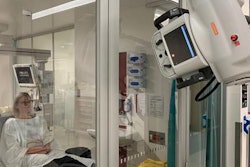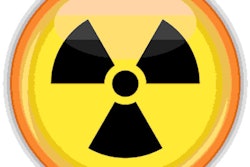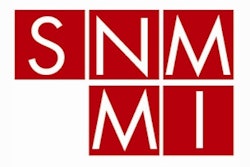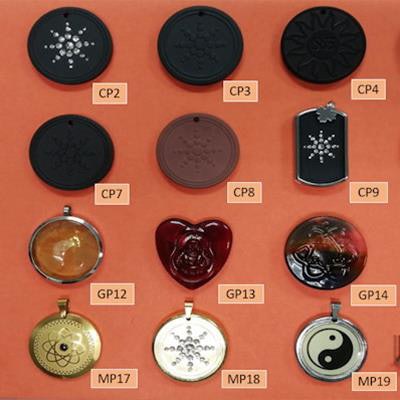
A group of Malaysian physicists are recommending a ban on so-called "scalar energy" pendants after finding that the alternative medicine trinkets are actually embedded with radioactive isotopes, according to a study published June 1 in Plos One.
The researchers described using a well-shielded spectrometer to measure radioactive isotopes in 20 metal and glass pendants they purchased online. They found that the pendants emit annual effective doses of up to 3 mSv per year in excess of the dose limit of 1 mSv for members of the public set by the International Atomic Energy Agency.
"We strongly recommend that consideration be given to the prohibition of the importation and sale of these products," wrote particle physicist Halmat Hassan of University of Technology Malaysia, Johor.
The use of alternative medicine products billed as offering healing "scalar energy" -- a term the authors "considered to be meaningless jargon" -- has recently become a health fad in local and online markets in Malaysia. Manufacturers of the pendants say the products contain volcanic or other minerals that offer proven health benefits, including improved circulation, stamina, and flexibility, enhanced energy levels, and even cancer prevention.
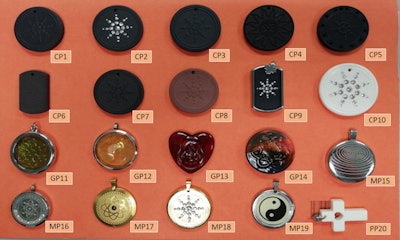 Scalar energy pendant samples. Image courtesy of Plos One.
Scalar energy pendant samples. Image courtesy of Plos One.In fact, the pendants contain radioactive isotopes of thorium, cerium, uranium, and zirconium. Moreover, upon receipt of the 20 samples they ordered online, Hassan and colleagues stated that they observed no information to suggest they were radioactive. As part of a larger study assessing risks associated with the use of radioactive consumer products, the researchers sought to measure the activity of the radionuclides in the pendants and the potential dose for someone wearing one.
The researchers tested 10 ceramic-based pendants, four glass-based pendants, five metallic-based pendants, and one with an outer plastic cover. They used a well-shielded, high-purity germanium spectrometer to analyze each pendant. Each pendant was counted for a period of 20 hours. Monte Carlo simulations were used to determine annual effective doses.
The metallic pendants were found to contain the greatest activity from thorium-232 (7043 ± 471 Bq), while the glass pendants presented the greatest activity from uranium-238 (1001 ± 172 Bq) and potassium-40 (687 ± 130 Bq).
In sum, the metal pendants offered the greatest average percentage concentrations of thorium, cerium, uranium, and zirconium, with an effective dose of 2.8 mSv over an estimated wearing period of 2,000 hours.
"Close contact with these pendants can infer annual effective doses of up to 3 mSv per year in excess of the dose constraint of 1 mSv y-1 for members of the public," the authors stated.
They noted that globally harmonized regulations have yet to be established to regulate and control radioactive content in consumer products. Also absent are any medical justification for the use of these pendants.
Nonetheless, the products are available for purchase in Malaysia, as well as anywhere people can purchase them online.
"A strong recommendation is made for prohibiting the pendant products," the authors concluded.






